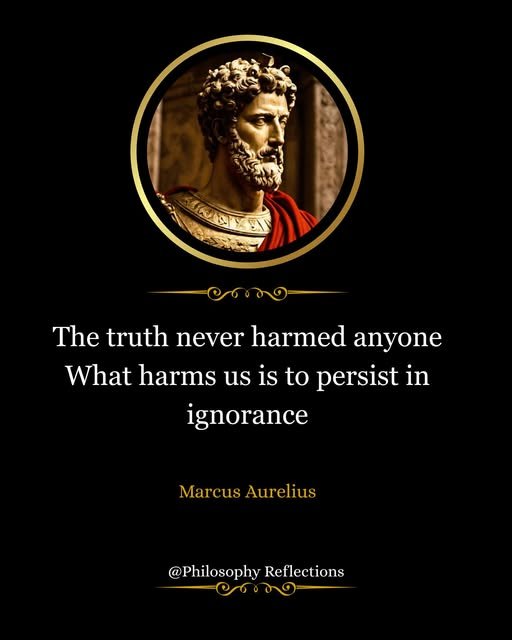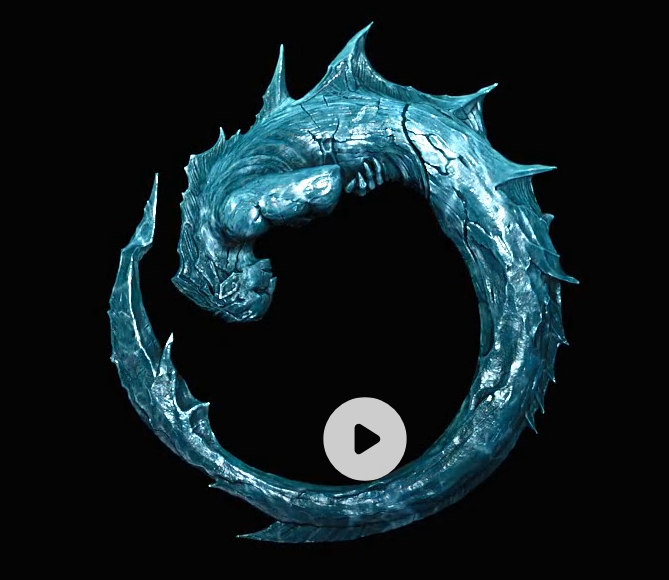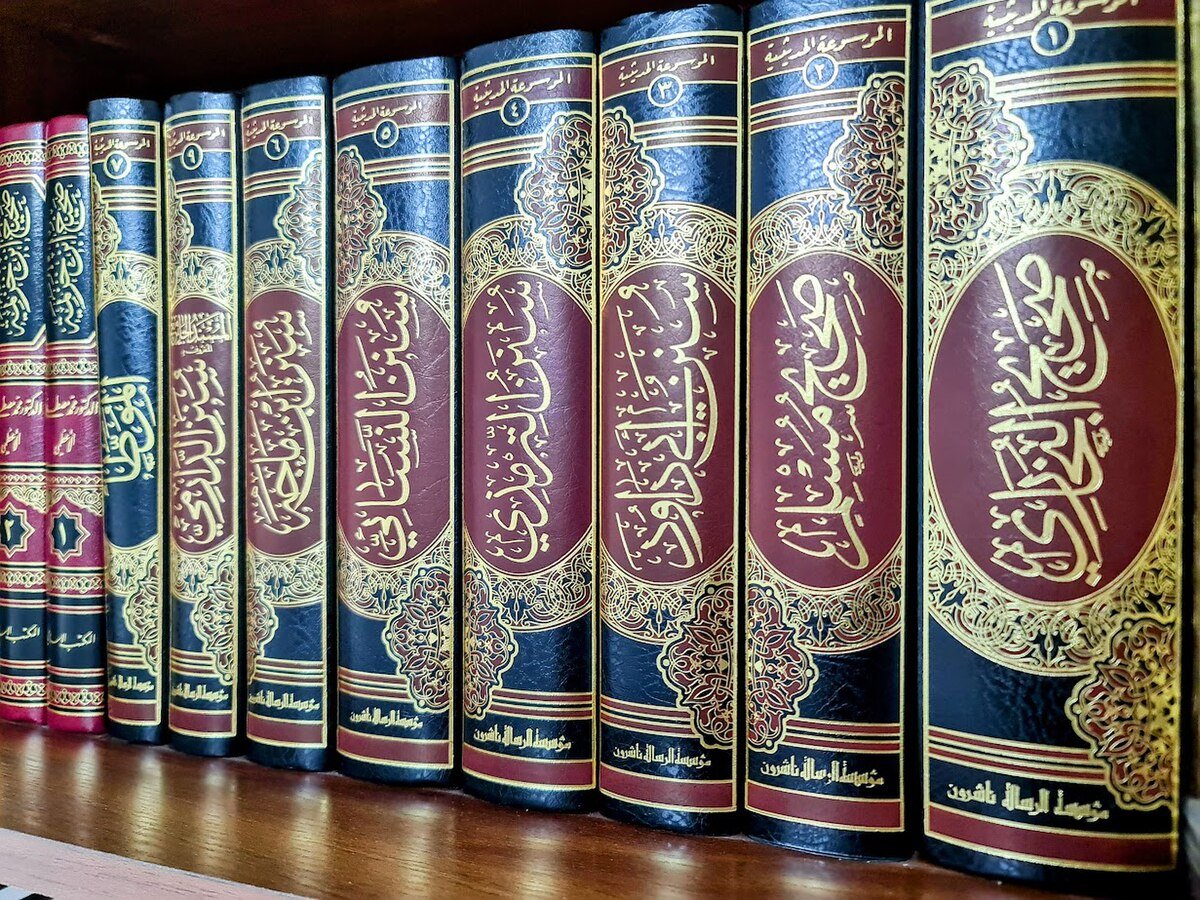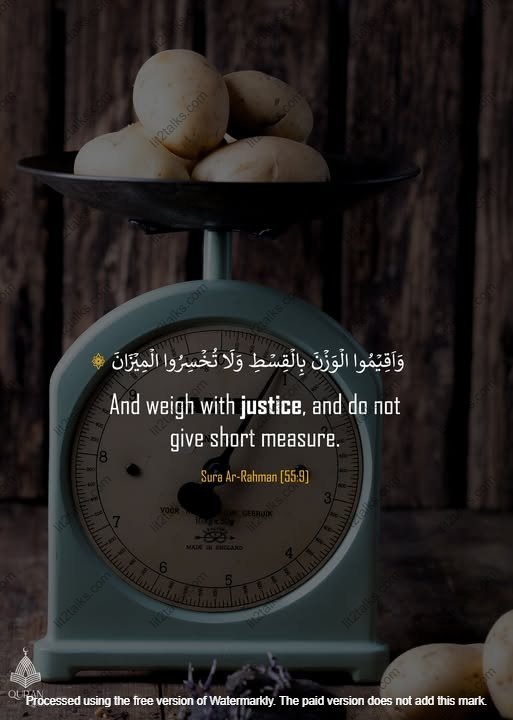The way humans romanticize suffering—even romance itself doesn’t feel that romantic.
We had the whole world open in front of us. Seas and mountains, forests wide and untamed. floral springs and the smell of rains. Love and beauty. All unimaginable achievements of us. But what touched us was sadness—grief and suffering.
Just after birth, a deer runs, but a human cries— shows just what we\'re here to do.
In the torment of life, Sylvia Plath put her head in a toaster, and people cherished her poetry, turning it into a symbol of sorrow. Did not the untimely death of Jibanananda change the very metaphors in his poetry? Did Vincent van Gogh’s suffering and melancholy lend more love to his art than greatness ever could?
I don’t know. What I do know is that nothing translates simpler than sorrow. It hurts to see someone cry, whether they’re of your own kind or Greek.
Many people and artists have burnt their souls into immortality through their sorrow. There’s even a term for it—the 27 Club. In the past two centuries, a significant number of the world’s brightest and gifted souls left us at the age of 27. Over fifty artists, including Kurt Cobain, Jim Morrison, and Jimi Hendrix are part of it.
Much of today’s aesthetics is consumed by the high tide of deep blue melancholy. In the twenty-first century, melancholy is more universally celebrated than anything else in the universe. Sorrow torments us so deeply—why, then, does it hold such unnatural popularity? I cannot help but blame the hands of God.

























.jpg)
.jpg)


.jpg)






.jpeg)

.jpg)











.jpg)








.jpg)


.png)

.jpeg)

.jpeg)


.jpeg)






.jpeg)
.jpg)















.jpg)


